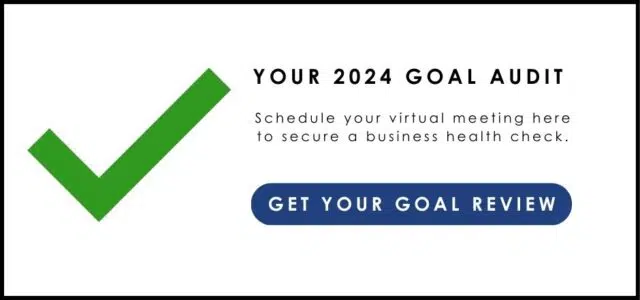Over more than just coffee and croissants in a nice upmarket London hotel, merchandise and planning experts debated if NOW was the time to move off spreadsheets and onto more formal planning solutions.
All of the delegates agreed that Retail has never moved as quickly as it is now, especially with things like Omnichannel and then Brexit! Therefore the ability that Excel gives to be agile and flexible seems quite appealing and the worry about how to future proof software and planning solutions, worrying.
However they all agreed that spreadsheets are hard to maintain, error prone, have a lack of data integrity, can’t easily be shared and so therefore become out of date and hard to run a business that is expanding into many channels and products.
Everyone also expressed a concern with the cost of delivery and sticking to time and budget. They also talked about conflicting priorities within their business like Ecomm, thoughts that Merchandising isn’t “broken” it can be done on Excel, whereas you need a transactional website for example and therefore always hard to quantify the return on investment.
However, there were a couple of Merchandise Directors who explained that they had made the leap and were now reaping the rewards. Talk of, with spreadsheets it would take at least ½ day to update the WSSI’s and that was with only 9 high level WSSI’s, software had allowed them to move to 32 WSSI’s and completed within 1 hour.
One Director said his team now made “more informed work, better decisions – working rather than doing work” and being more strategic.
Many wanted to understand the best way to select software and put a business case together and understand where priorities lie and how best to tackle all of Planning. Do you start with Merchandise Planning & Assortment or dive straight into Allocation and Replenishment.
Following on from that, learning from those that have been down the path before, what was implementation like? The suggestions where to stick as close as possible to the “vanilla” solution and implement quickly and agilely as otherwise the business has usually moved on before you have the solution live. Keep budget aside and a parking list of changes so that as users start to use and adopt the system, changes can still be made.
Change management is vital to get teams on board, taking people out of the business to help with design and delivery and then using them as the trainers and advocates for the solution. Providing “floor walking” and support to the wider community to get it adopted. It was also stresses how vital a Board Sponsor was and steering meetings to ensure that the software would deliver the business benefits and also keep to budget and time.
I think everyone agreed at the end how useful the discussions had been and that not “one size fitted all”, it depended on the maturity of the teams, the complexity of distribution and therefore have you “out-grown” Excel to help make the choice of whether Now is the right time to move. Mandy felt that they could have carried on the discussions for longer and have taken each other’s details to carry on the networking and support that they could give each other after the briefing.

